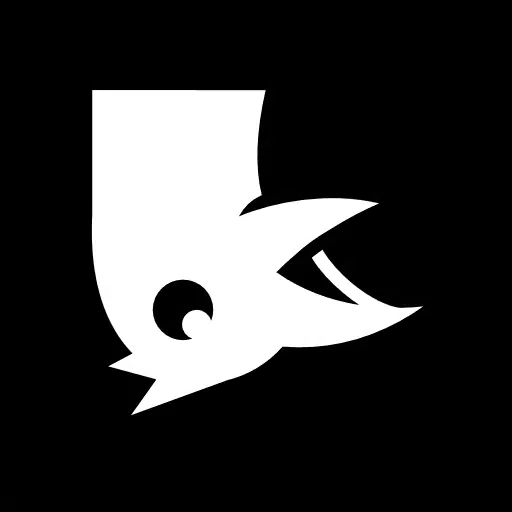- cross-posted to:
- technology@lemmy.ml
- cross-posted to:
- technology@lemmy.ml
Whoever can make a compatibility layer that successfully translates x86/64 to arm and vice versa and make it widely available will be a major player in the market. Valve has already somewhat done something similar with proton and Apple with Rosetta 2.
Apple developed it as a stopgap. In the Windows world x86/64 will be around for a long long time. Not sure if anyone is willing to support something like that for the next 10 years.
It’s all a question of market share. If (big if) arm gets a foothold into the Windows market, software vendors will simply offer two binaries and/or Microsoft could offer tooling to offer easy porting.
Apple’s real genius move though is not Rosetta, but including x86 compatibility features into the Mx chips. That way the emulation is much faster.
Windows does have a 32/64 bit x86 compatibility layer and most of what I’ve seen through limited bashing around in VS2022 leads me to believe that it has arm as a fairly targetable build target already.
FEX-Emu is basically that. They’re still in an early state but they showed Sonic Mania running perfectly a few days ago.
Here is an alternative Piped link(s):
Piped is a privacy-respecting open-source alternative frontend to YouTube.
I’m open-source; check me out at GitHub.
Someone should revive transmeta and gear it towards arm.
It’s gotta be Microsoft building it into Windows. The Apple Silicon transition wouldn’t have been nearly as smooth if people had to pay for, say, CrossOver or something to use their Intel apps. And the tepid response to the ARM Surface models makes me think that it’s a must, despite the UWP dream.
The good news is that Rosetta 2 shows it can be done extremely well!
Windows on ARM is a thing, it will run x86 binaries.
Gord forbid those binaries want to do any actual work though…
I don’t follow?
Windows on ARM will run x86 binaries. But if these binaries require any real processing power, they choke or run really really slowly.
I guess it depends on how you define “real processing power”. I run Windows on Arm on my Mac Studio through Parallels. I installed Steam and played Civ 4 and it’s great. Sure, it’s an old game but it runs smoothly.
The recent Snapdragon chips have been awesome, but that’s not Apple’s magic, it’s their x86 to ARM translation layer
It’s not just the translation layer. There’s hardware built into the CPU to accelerate the translation.
Pair that with the CPUs already being so incredibly efficient and you’ve got something that runs x86 programs as good as the old hardware.
And the fact that they have silicon space dedicated to accelerating that translation layer specifically.
Good software and good hardware married to make a kickass move to ARM.
A Surface with this and 15 hour battery life would be pretty epic.
5 grand starting price, bloated with windows11 but they are slick
I look forward to being able to buy/build an ARM-based Linux box with MacBook Pro-class performance.
Why do you want to use ARM in a desktop?
The main benefits of it are power-saving.
ARM can be really powerful, there are ARM servers out there.
More powerful than X86? Or are there other reasons to use it in a desktop?
At least as powerful for less energy, being energy efficient is also a good thing even in desktops.
I didn’t know ARM was as powerful as x86.
It would be an instant buy for me, especially since it wouldn’t be as locked down and work better with Linux. I’ll deal with the software issues later, gimmie now!
Question is - is Qualcomm going to do the same bullshit as their mobile ARM processors with the drivers?
Where you need to wait for their proprietary Linux driver to upgrade your kernel?
Hopefully the open source Qualcomm drivers will support this chip. The SDM845 chip is pretty well supported on mainline kernel, using SDM845 with 6.5 kernel and postmarketOS to type this comment. The Freedreno driver is probably the best ARM GPU driver in Mesa.
I sure hope it will come with SystemReady or a similar standard for something UEFI-like instead of the custom per board image many ARM devices need currently.
This is the best summary I could come up with:
Qualcomm’s annual “Snapdragon Summit” is coming up later this month, and the company appears ready to share more about its long-planned next-generation Arm processor for PCs.
The company hasn’t shared many specifics yet, but yesterday we finally got a name: “Snapdragon X,” which is coming in 2024, and it may finally do for Arm-powered Windows PCs what Apple Silicon chips did for Macs a few years ago (though it’s coming a bit later than Qualcomm had initially hoped).
But those chips have never quite been fast enough to challenge Intel’s Core or AMD’s Ryzen CPUs in mainstream laptops.
Any performance deficit is especially noticeable because many people will run at least a few apps designed for the x86 version of Windows, code that needs to be translated on the fly for Arm processors.
Even if Qualcomm delivers an Arm chip that’s significantly faster and more power-efficient than its current offerings, there are still software hurdles to overcome.
In other words, they were negotiated based on Nuvia’s then-stated focus on server CPUs, rather than high-volume processors for consumer PCs.
The original article contains 619 words, the summary contains 178 words. Saved 71%. I’m a bot and I’m open source!
Good luck making that work with Windows. If it does its not going to be profitable as Microsoft will eat your arm.
I would love to see one of these running Linux but I don’t see that happening realistically
Windows already works on ARM, but some X86 programs are still a little slow. The Snapdragons previously used weren’t as fast as the Apple silicon too, so that didn’t help. The original Surface X did have a lot more problems, but Surface 9 on ARM from all reports works well.
An ARM Galaxy Book 360 with S-pen running Photoshop and Illustrator while running relatively cold. I would buy that in an instant













